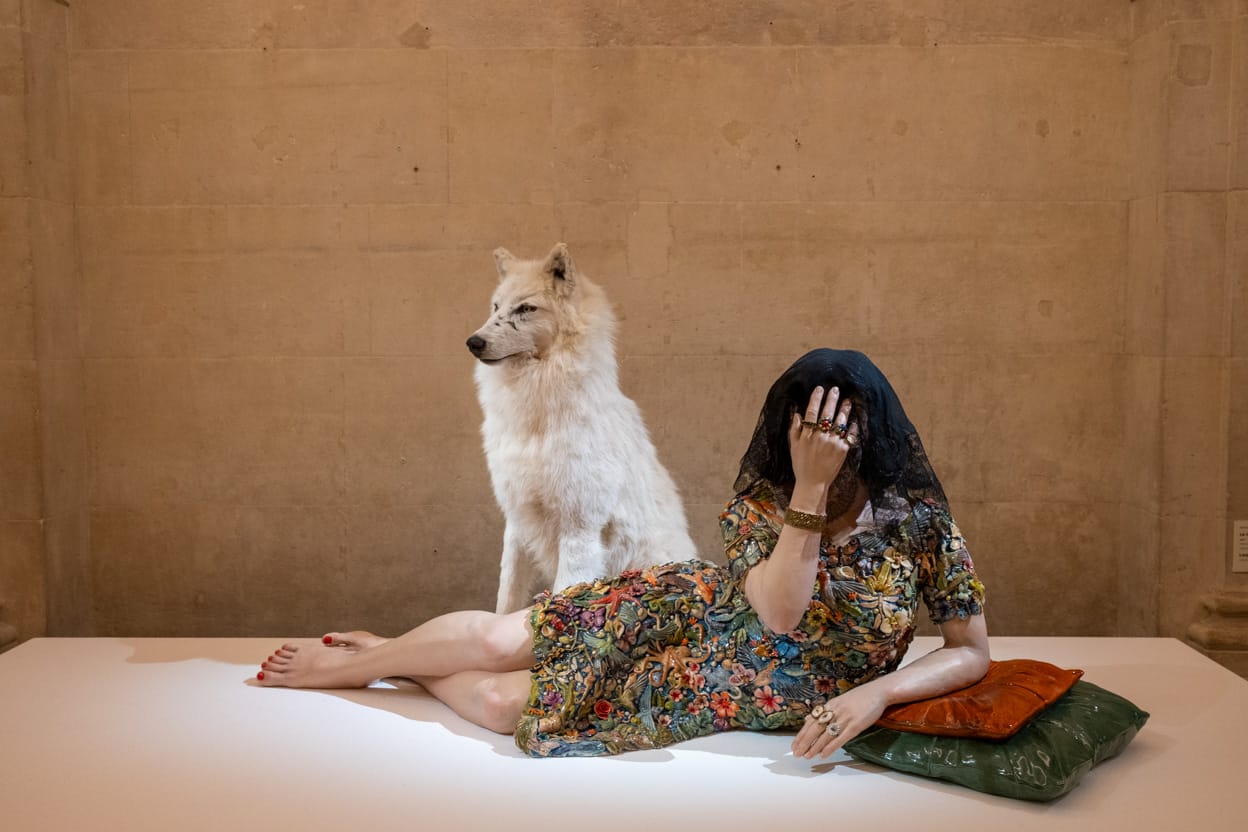
In 2019 the Musée Picasso offered Sophie Calle carte blanche to organise an exhibition on the occasion of the fiftieth anniversary of Picasso’s death in 2023. At first she hesitated, not quite sure how to live up to the challenge. In 2020, during the Covid lockdown, the museum approached her again, inviting her to visit the deserted museum. When she saw the works covered by brown paper to protect them from the light, Calle suddenly had an idea. One idea led to another and the result is “À toi de faire, ma mignonne” (“It’s up to you, darling”).
Sophie Calle has basically taken over the entire museum. At her request all but three works by Picasso were removed. But even though Picasso is absent, he has never been more present. His ghost, so to say, is everywhere. Every work and every intervention by Sophie Calle somehow invokes Picasso.
The exhibition opens with a drawing Sophie Calle made as a child. Upon seeing it her grandmother exclaimed that they have a Picasso in the family. This I found both funny and endearing. Also on display are various stuffed animals from Calle’s collection of odds and ends. The bighorn sheep mounts reminded me of Picasso’s bulls, but perhaps I’m reading too much into it. But that is precisely what makes it such a joy to wander through the exhibition and examine all the texts and objects. Perhaps there is a hidden meaning or perhaps there isn’t.
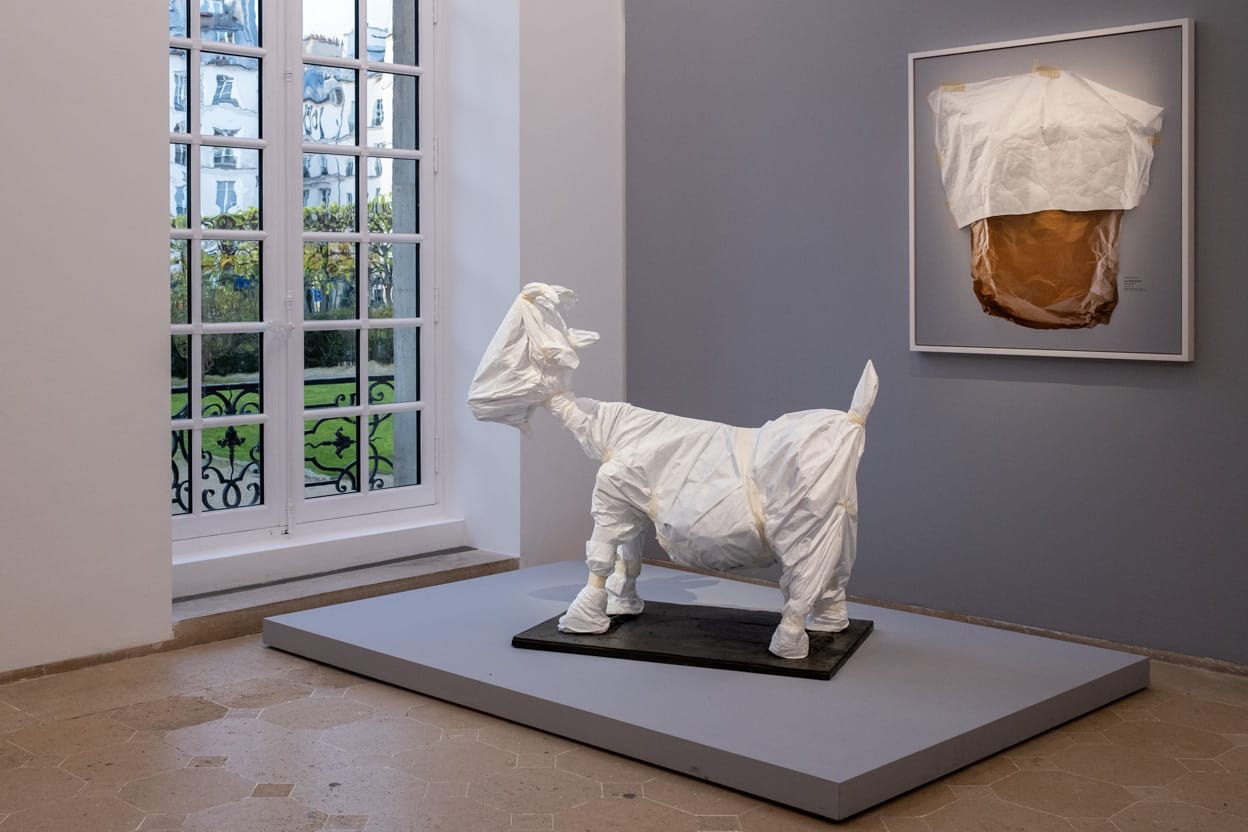
On the ground floor the paintings have been replaced by photographs of the same paintings taken during the lockdown when they were covered by brown paper. Calle also asked museum staff to describe some of the paintings which at the time had been on loan. Upon their return she photographed the paintings covered by a veil with the printed text of the staff’s memories. On the first floor of the exhibition Sophie Calle returns to this theme. One room shows a number of framed photographs covered by a veil with a printed text which you can lift to reveal the underlying photograph. And here’s the thing: I now would like to know what’s behind the covers in the photographs downstairs. Sophie Calle thus succeeded in making me curious to see Picasso’s work. (Note: many of the works are on view in the museum’s basement).
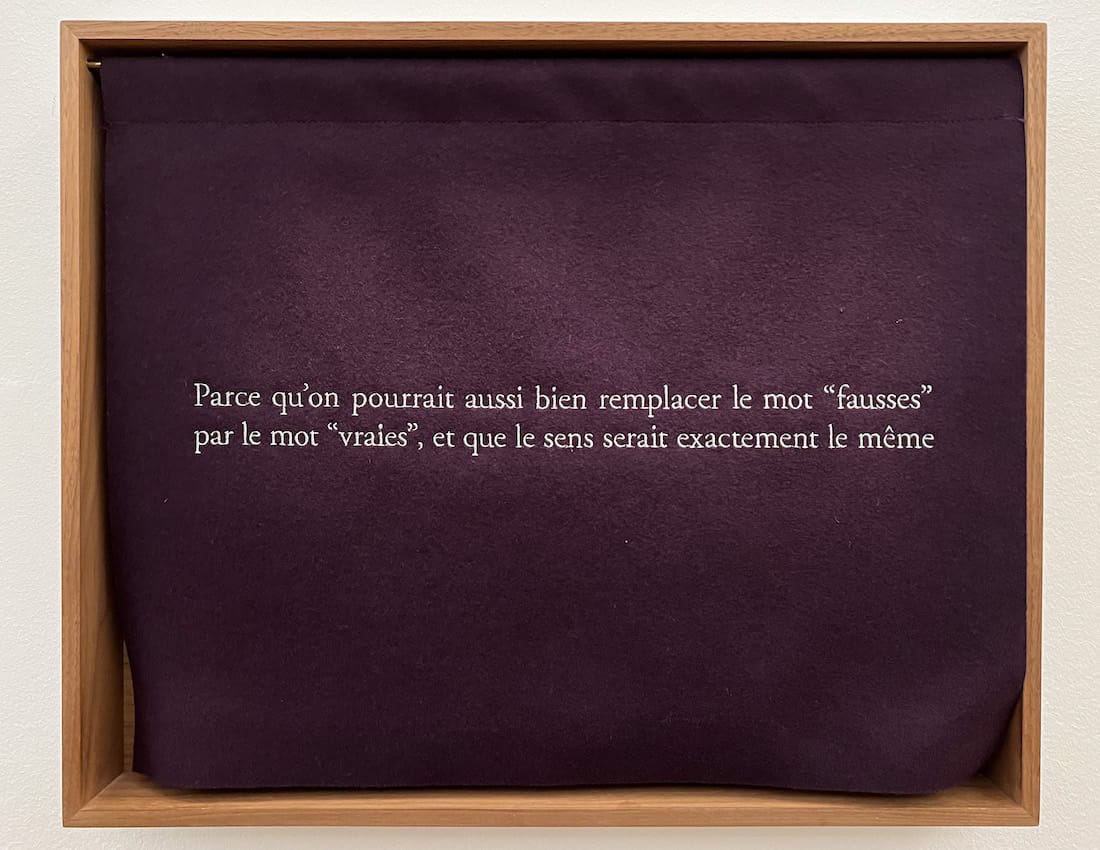
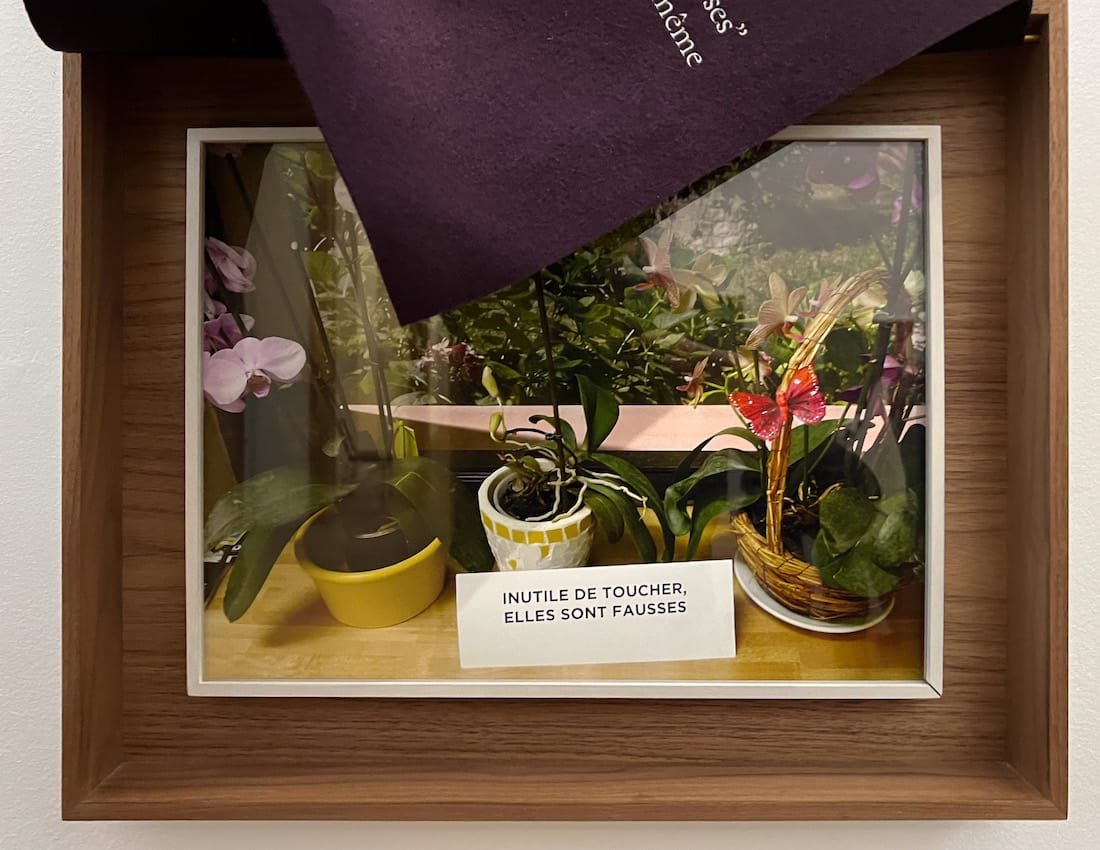
The first floor opens with an anecdote recounted by Jean Cocteau about Picasso observing a half-blind painter painting the Château des Papes in Avignon using only his wife's words. In response to Picasso's fear of losing his sight, Sophie Calle brought together several of her own projects which reference blindness. I was deeply moved by these projects. They reveal a profound humanity and a tremendous respect for her subjects.
On the second floor Sophie Calle has put an inventory of her own possessions on display. One room is a moving tribute to her deceased mother. Another room is filled with stuff and looks like an antiques shop. But here too, Picasso is never far away. He used to create sculptures out of found materials and as he once said “Why should I throw away that which was kind enough to reach my hands?” Calle also asked an auction house to value her possessions and to draw up an inventory of her assets as a dress rehearsal for when she herself will die. This again, is filled with meaning. After all, the exhibition itself is staged to mark the fiftieth anniversary of Picasso’s death.
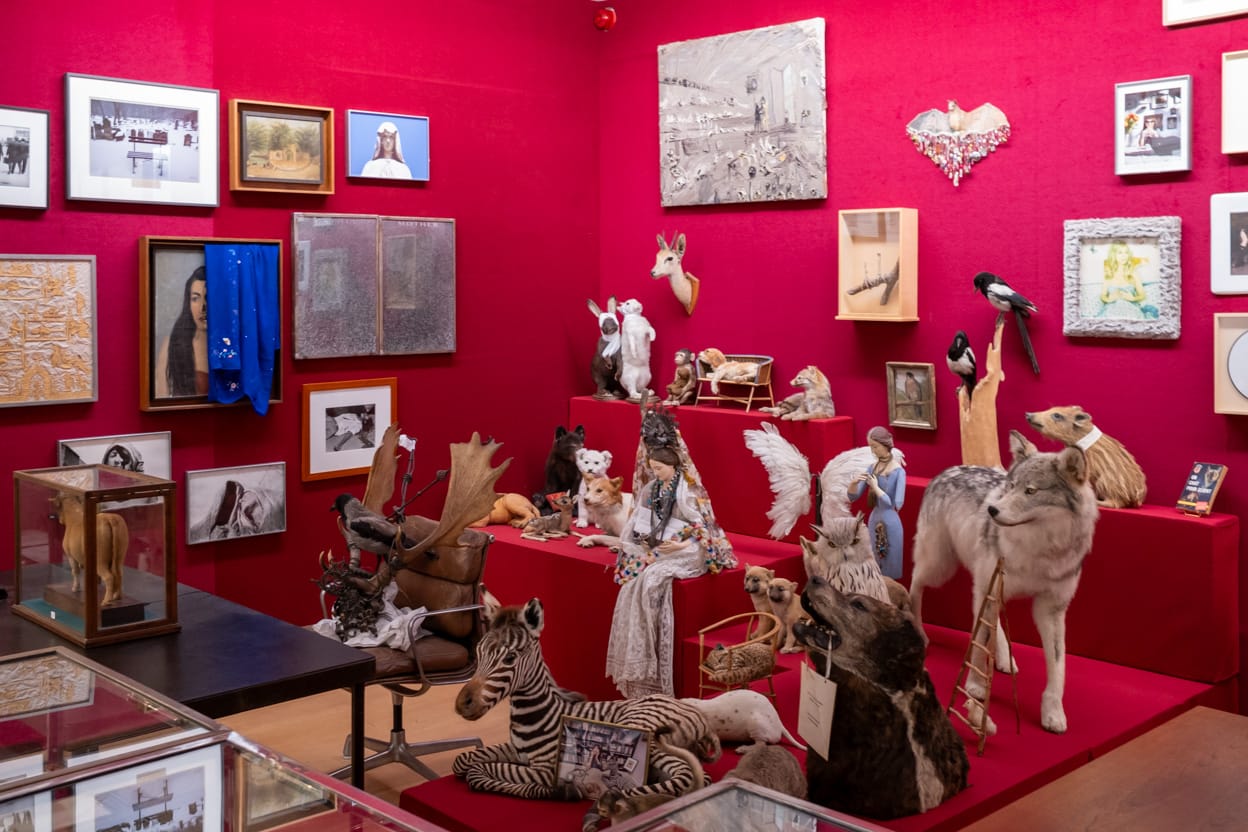
The third and final floor provides an overview of all of Sophie Calle’s projects to date presented in the form of crime novels whose titles are an oblique reference to the different projects. At the very end of the exhibition Sophie Calle has set up her office for the duration of the exhibition.
"À toi de faire, ma mignonne" is one of the most intelligent exhibitions that I’ve seen in a long time. It is also profoundly moving. On various occasions I felt tears welling up in my eyes. While doing research for the exhibition Sophie Calle found a letter in the museum’s archive from an association for the blind, asking Picasso for an original drawing to put up for sale to help finance the Maison des yeux clos. Since she couldn’t find the answer, together with the Almine and Bernard Ruiz-Picasso Foundation, Sophie Calle organized to have a ceramic by Picasso auctioned during the exhibition, the proceeds of which were donated to an association of the visually impaired.
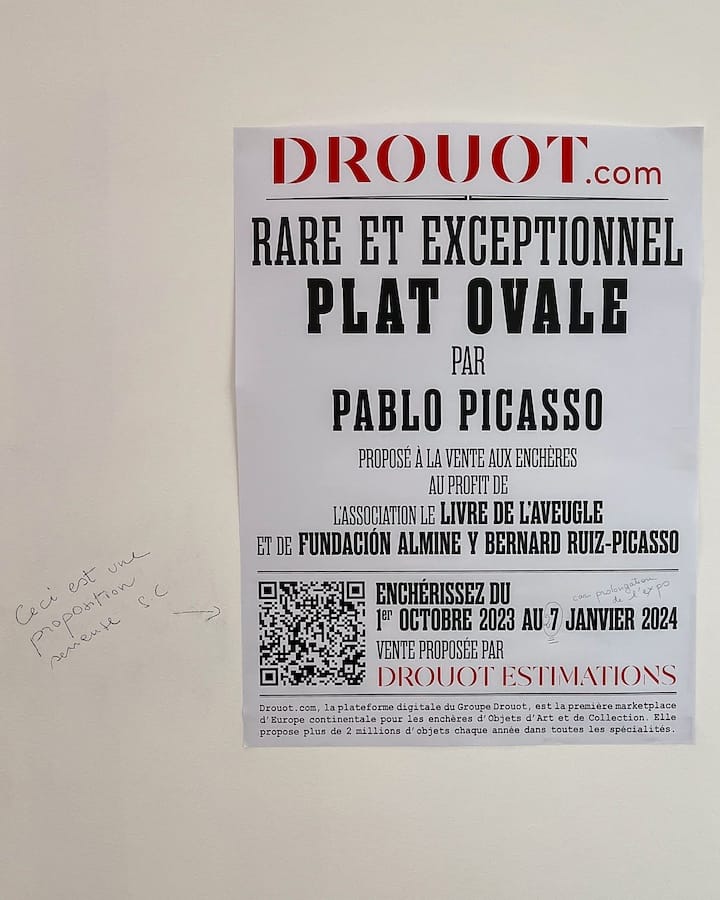
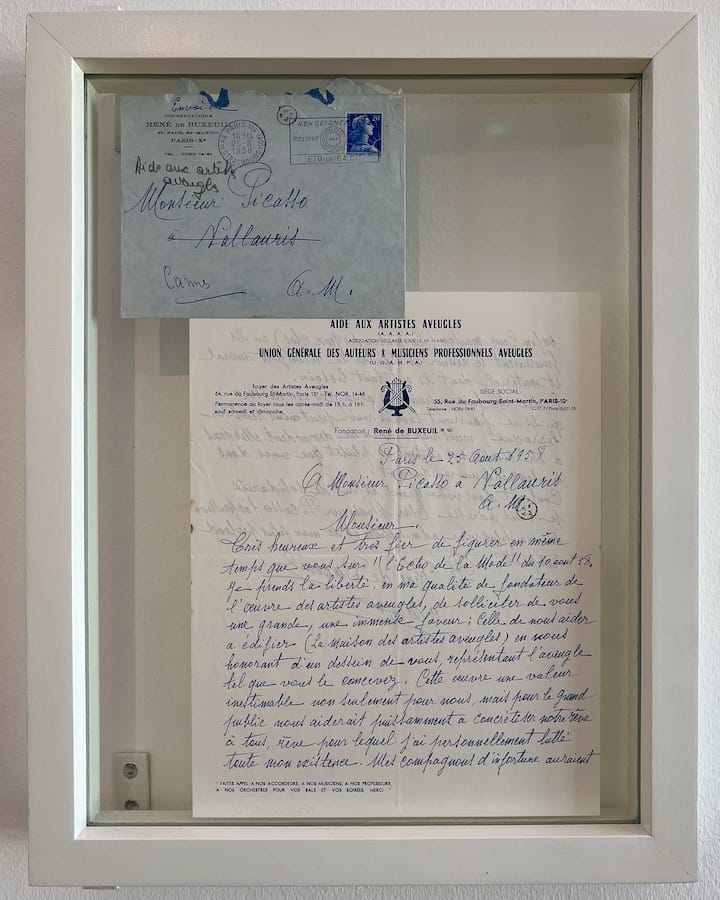
I want to shout it from the rooftops: go see this exhibition!
Please note that the texts are in French so it definitely helps if you speak French. Note also that to enjoy the exhibition in full and read all the texts you would need at least three hours.
À toi de faire, ma mignonne is at the Musée Picasso, Paris until 28 January 2024.
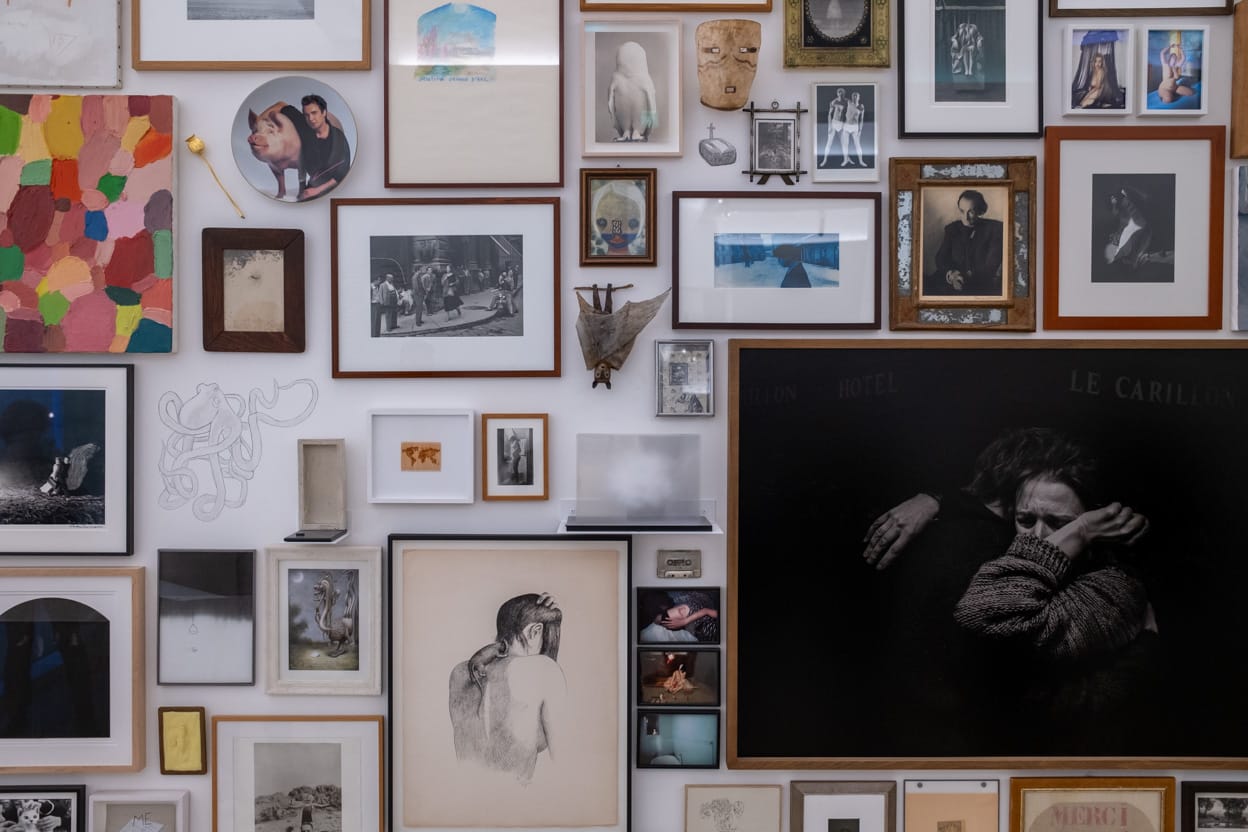
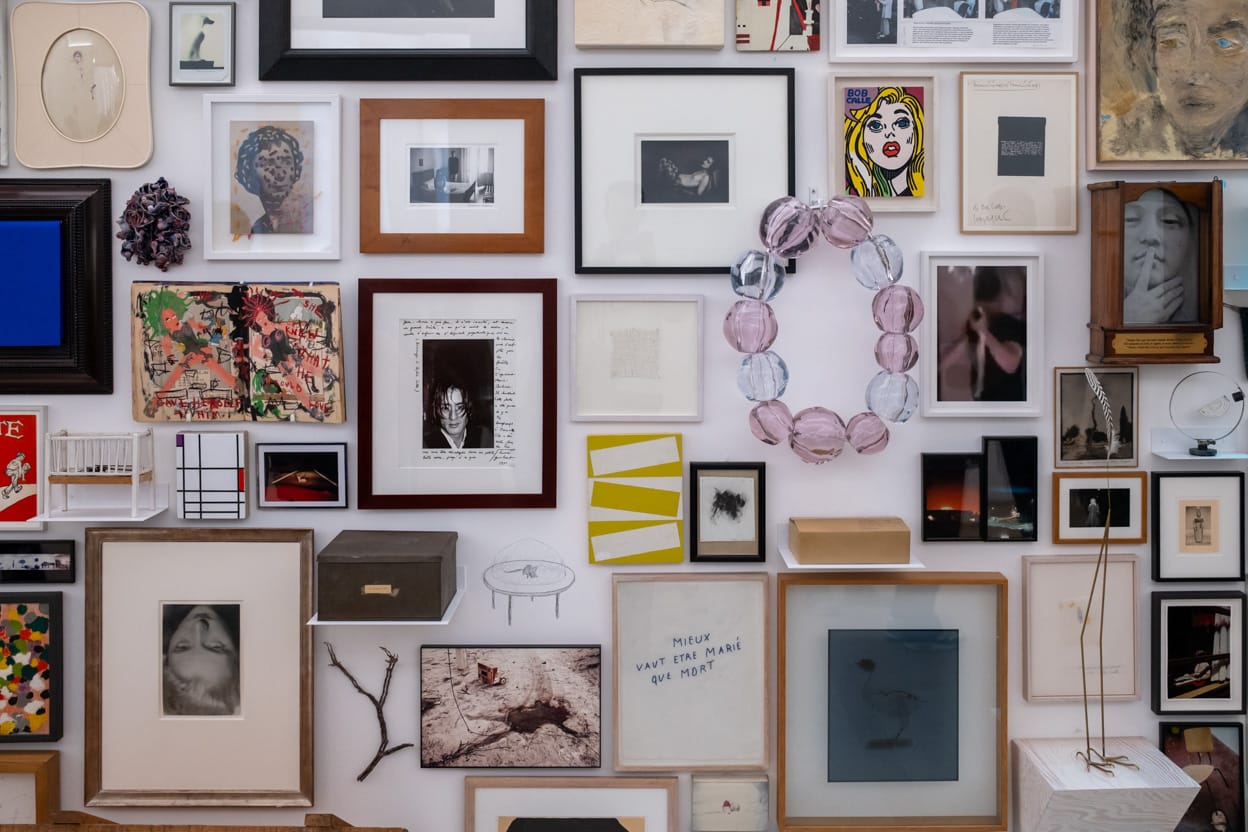
Sophie Calle has filled an entire wall with artworks by other artists from her own collection. The installation has the same dimensions as Picasso's Guernica. The installation was inspired by an anecdote reported in Mary Gabriel’s book Ninth Street Women in which Arshile Gorky tried to convince a dozen artists to revisit Picasso’s masterpiece.
Links
Review of Maya Ruiz-Picasso, Daughter of Pablo at the Musée Picasso.
Review of the Musée Picasso.